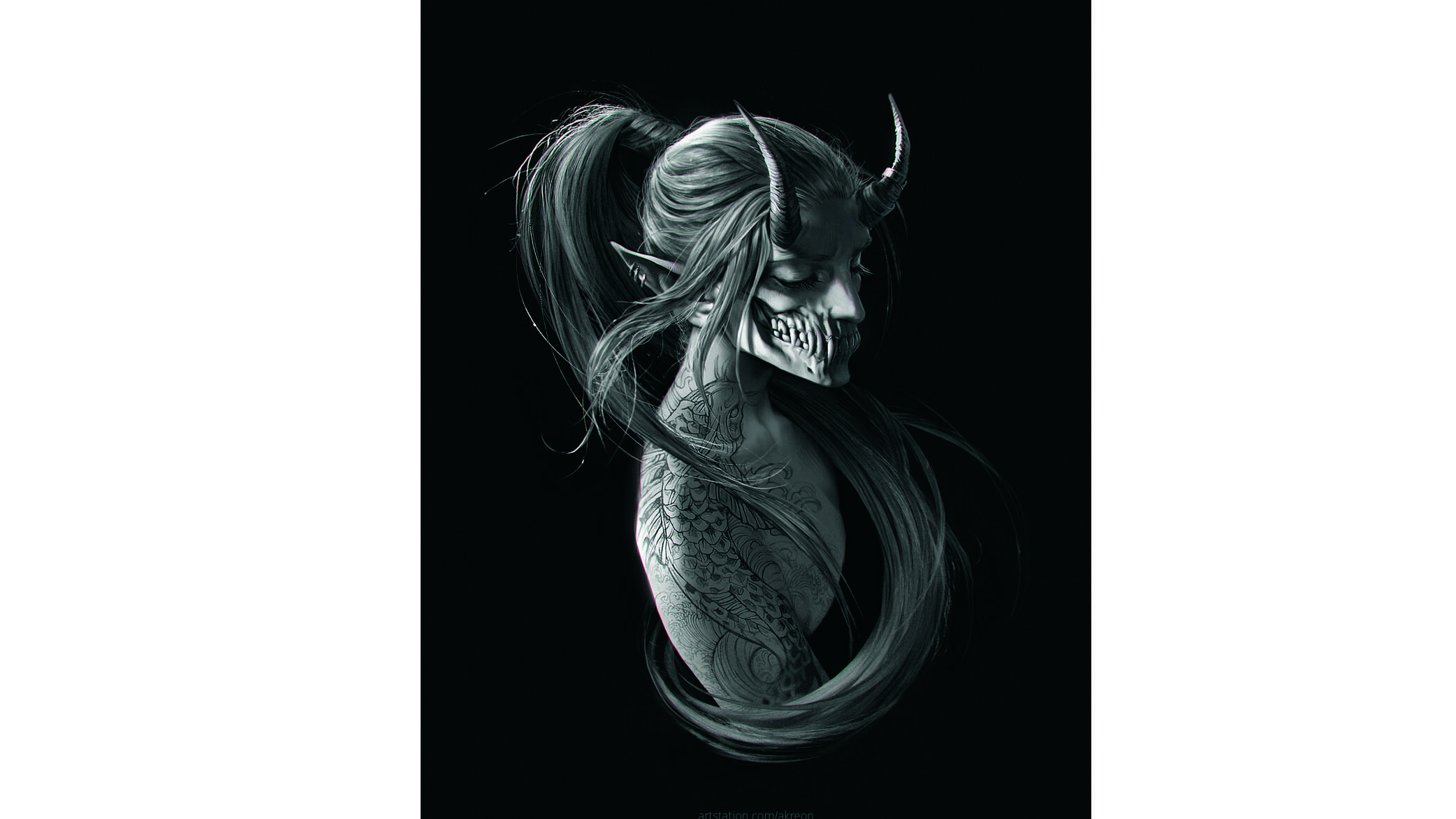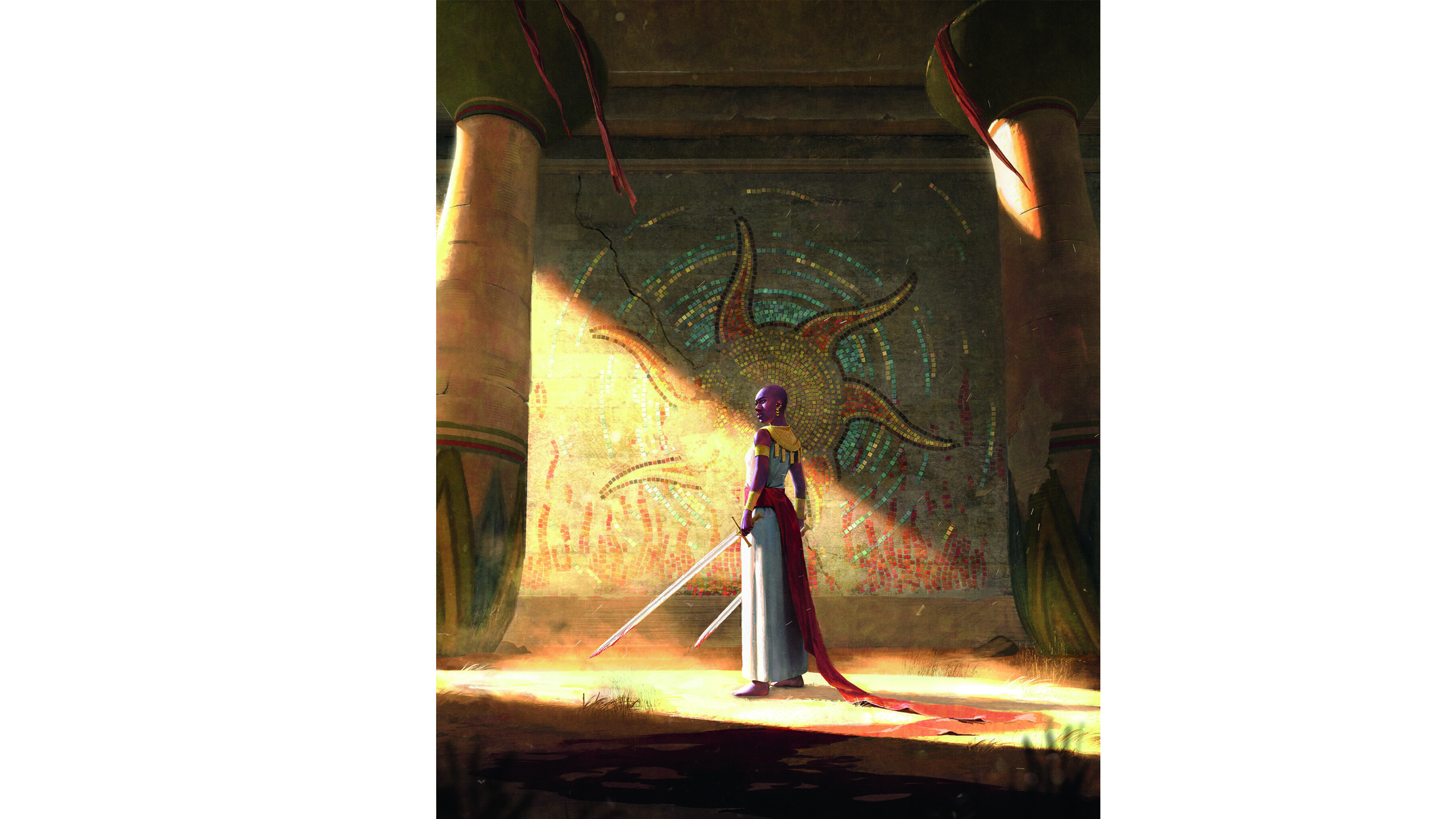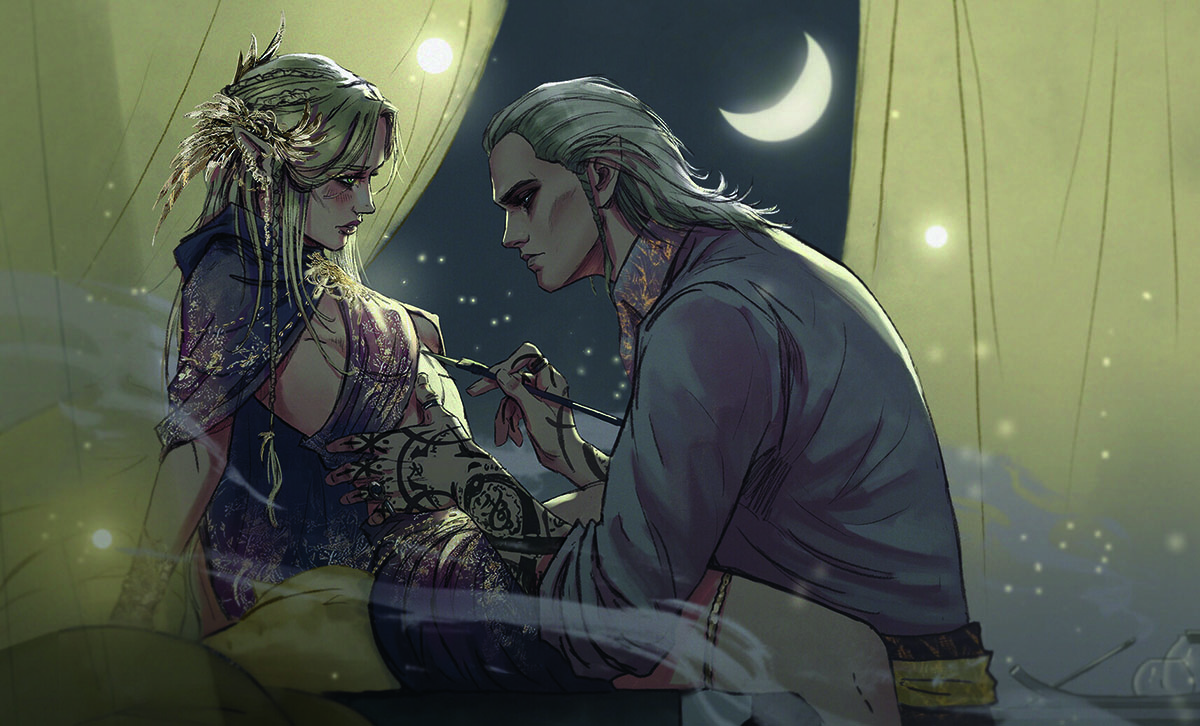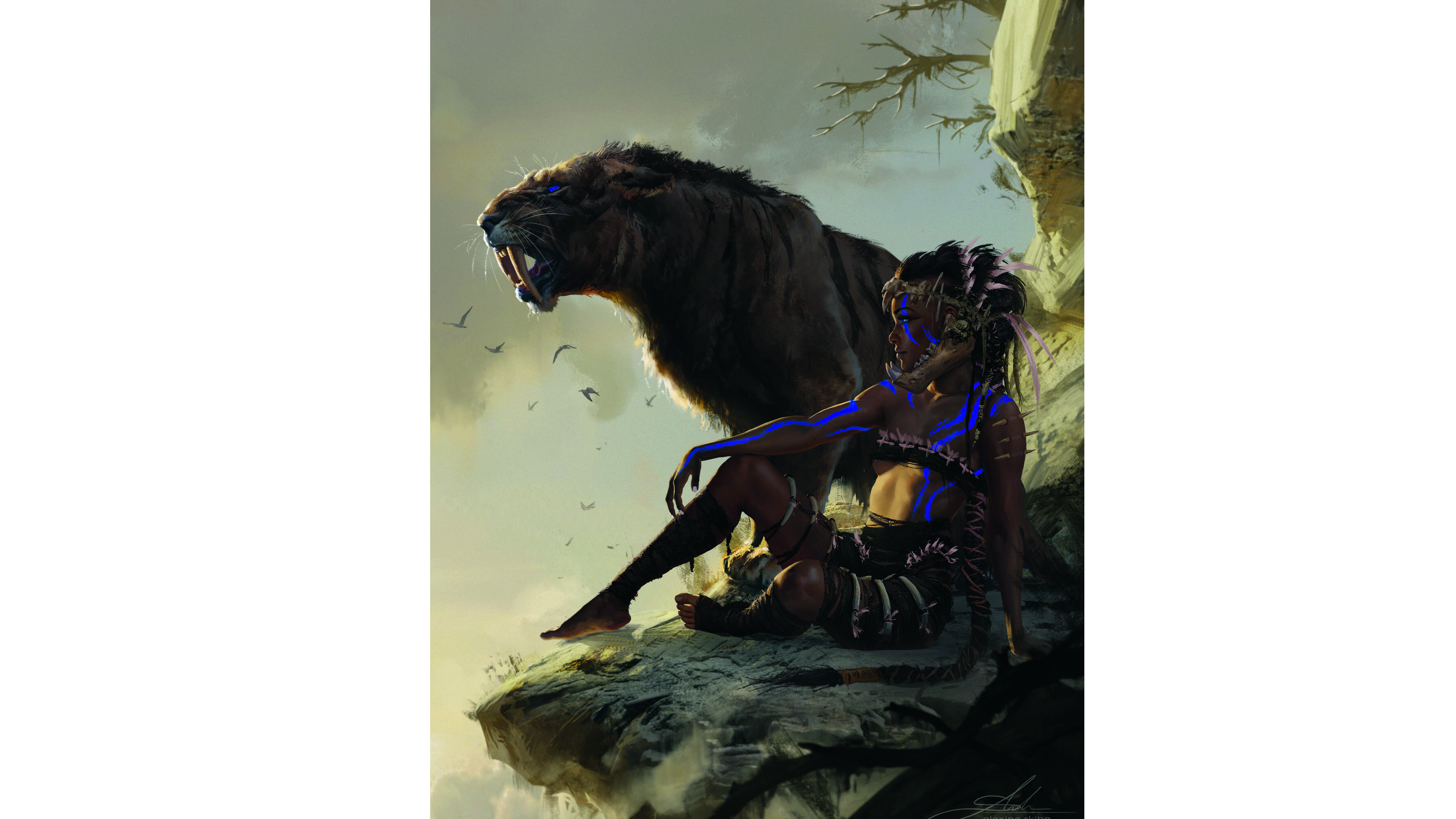10 tips for beating creative block
Get out of a rut with tips from artists who've been there.
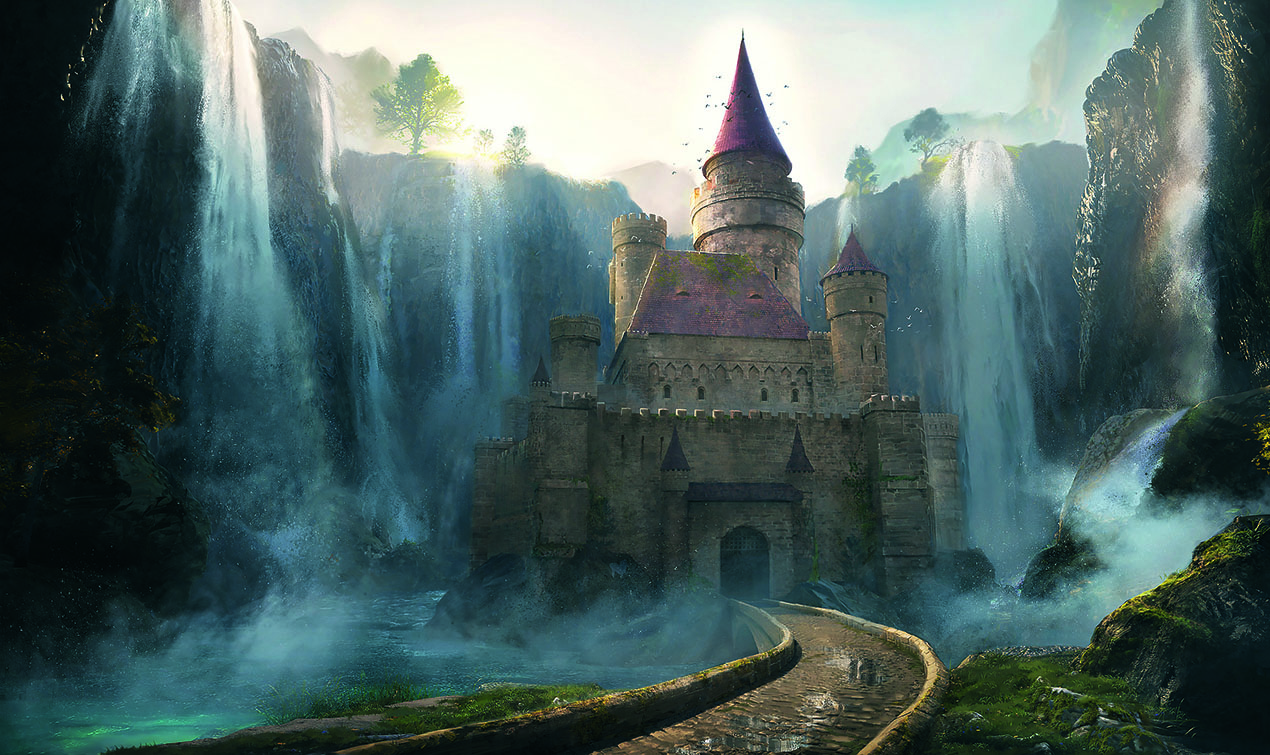
The exhilaration of seeing your skills grow and work improve is a great feeling, but like all good things, it doesn’t last forever. Hitting a plateau in your abilities is disheartening, but you can take comfort in the fact that it happens to everyone, and there are ways through it.
Even if you've followed all the how to draw tutorials and have the best drawing tablet available, inspiration and motivation can still be elusive. “Artists often plateau because they stay in their comfort zone too long,” says Anna Podedworna, an illustrator and concept artist working in games. “We often find success with one kind of style or genre and stick to it, which can trap us in a positive feedback loop. You draw one thing because you get the most attention for drawing it, which then attracts more people who expect only that one thing from you. Before you know it, you might be stuck.”
But what to do when creative block strikes? Below are some tips and experiences from artists and illustrators.
1. Follow your fear
Trying something new will help you to escape the loop, whether it’s a different genre, new subject matter, or transforming your workflow with alternative tools. “Your best guide is your fear,” says Podedworna. “What are you most scared to draw? What digital art software do you find intimidating? What subject do you find the most uncomfortable or out of reach? That's your North Star right there; it will guide you out of the plateau.”
2. Don't force it
One of the toughest aspects of facing a period of stagnation is that it can take away your drive. “I follow the words of the great Charles Bukowski on that one,” says Podedworna. “‘If it doesn't come bursting out of you in spite of everything, don't do it.'"
For Podedworna, trying to control your motivation levels can often be counterproductive. “If you don't feel motivated to create, find something else to do. Your motivation will come back, or it will not. It's not like you can force it, anyway.”
3. Find fresh outlooks
Viewing your craft through the eyes of others is a sure-fire way to keep things moving. “My greatest inspiration for staying out of plateaus were the people I worked with,” says Podedworna. “In every company, on every project, you meet somebody new who offers a fresh outlook on creating art. Different art directors will have different philosophies and tastes. That alone has kept me on my toes throughout my career.”
Daily design news, reviews, how-tos and more, as picked by the editors.
4. Realise it's natural
When you’re stuck in a funk it’s easy to feel like you’re the only one, but that is never the case, according to freelance gamedev and tabletop games concept artist Aleksandra Wojtas. “My main advice for someone struggling with a plateau is to realise that they are a common and natural thing that happens to every artist at some point in their career, or more likely, at many points in their career.”
5. Get feedback
If your skills are close to professional level but not quite there, Wojtas recommends finding a pro who will give you feedback. She rates portfolio review sessions at art events as “absolutely invaluable”, and notes that mentorships are another worthwhile option if financially feasible for you.
“Sometimes a simple observation from an experienced artist can give us a whole new perspective on what we can improve on," she says. "This exact scenario happened to me a while back, when an artist I admire made a single comment about my work that made all the gears in my head turn like crazy and broke me out of an extremely frustrating plateau.”
6. Analyse your work
Most of us strive to hit a certain quality level every time, and a failure to develop that consistency can be frustrating. “Take a step back and examine the work analytically,” says Wojtas, who advises picking one of your stronger artworks and one of your weaker ones for comparison. “What makes them different? If I am equally happy with the overall idea I dig further and try to look at more of the technical aspects. Does the composition support the idea in both of them equally well? Do I have a solid value structure in both? Is the light consistent? Is the anatomy correct?”
7. Don't panic
Developing an analytical eye and a structured, consistent creative process has helped Wojtas to keep her momentum going. “When I was just starting out, my process was much more chaotic and as a result I had a really hard time with plateaus,” she says. “I also felt like I must be doing something wrong because all the artists I was following on social media never seemed to struggle, which of course isn’t the case. We all have times when work seems to flow effortlessly and times when we need to grind through it.
“Above all, what really helped me through plateaus is accepting them as they come and not letting them get to me. I still find them hard, and I am always impatient to break through and see more progress, but I have learnt not to let them stress me out.”
Navigating through a plateau is just as much about managing your own psychology and state of mind as it is about developing your technical and creative skills. Aleksandra Skibais a senior concept artist and illustrator at games developer Techland, and her advice is to put self-care first in times of doubt.
“It's important not to panic and whip yourself with criticism. The worst thing you can do is get frustrated and be unpleasant to yourself. We are not machines. Life is not a continuous progression, a line that always goes up. Sometimes our road is bumpy, sometimes we have to take a step back, and that's okay.”
Skiba hit a plateau when she started to think that as her skills improved, there would be less for her to discover. “It was absurd, but I felt that way,” she says. “It seemed that all I had left was to polish my painting, photobashing and 3D skillset. And yet, I felt that I didn’t stand out among other artists, or that I aroused interest from employers.”
8. Try a new medium
A break from work was needed to escape this negativity and to reset. “I decided to play with stylised illustration using visible line art, because I wanted to speed up my drawing and this style seemed less time-consuming. It turned out that creating these illustrations was a challenge, because I had to use different artistic means in order to achieve a good effect.
"All of a sudden I started learning new things and adapting techniques that I already knew for different purposes. I started to progress again because I could transfer what I learned from the stylised pieces to my more realistic illustrations, as well as the other way around," says Skiba.
9. Immerse yourself in something else
Unfortunately, creativity is one of those subjects where the more stressed and self-critical you are, and the more you try to catch that spark of inspiration, the more it slips away. In these times, it’s a good idea to step back and immerse yourself in books, games or some other culture you find stimulating.
“The most important thing is that you're driven by a sincere, inner need to create, and not by the pressure of what everyone else around you is doing,” says Skiba. “Draw what makes you happy, and approach it as fun.”
10. Remember art is subjective
In the end, Skiba’s plateau was a phase that led her in a new artistic direction that has resulted in a bigger following and more commissions. “I learned to keep an open mind and remember that art is a very subjective thing,” she says.
On more than one occasion, the work she thought was her weakest output turned out to be the most commercially successful. “You can experiment however you like, and there will always be somebody out there who loves it.”
This article originally appeared in ImagineFX magazine, the leading magazine for digital artists. Subscribe to ImagineFX via Magazines Direct.
Read more:
- 50 tips that will make you a better illustrator
- How to draw: all the brilliant drawing tutorials
- How to improve your character art

Tanya is a writer covering art, design, and visual effects. She has 16 years of experience as a magazine journalist and has written for numerous publications including ImagineFX, 3D World, 3D Artist, Computer Arts, net magazine, and Creative Bloq. For Creative Bloq, she mostly writes about digital art and VFX.

